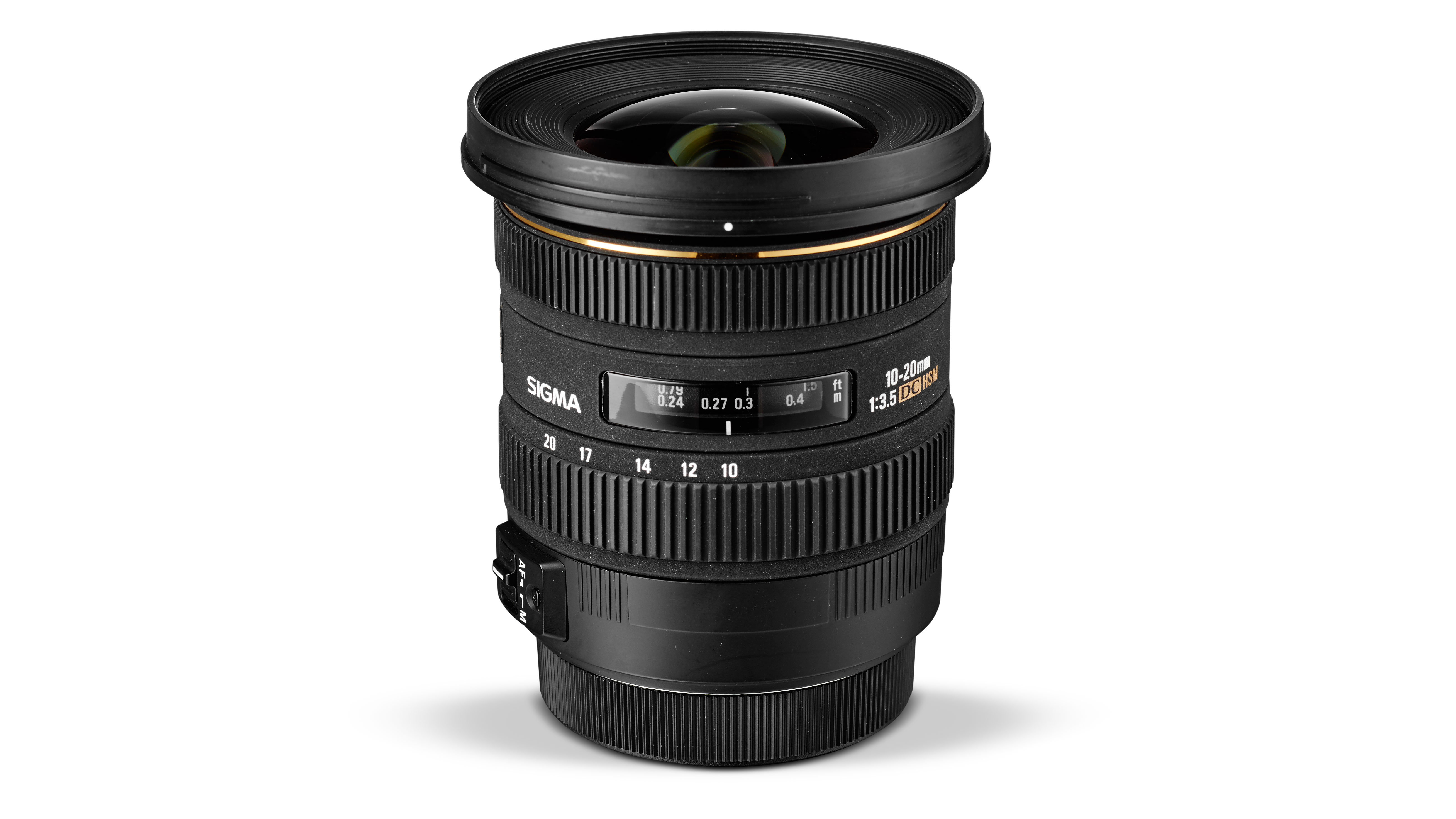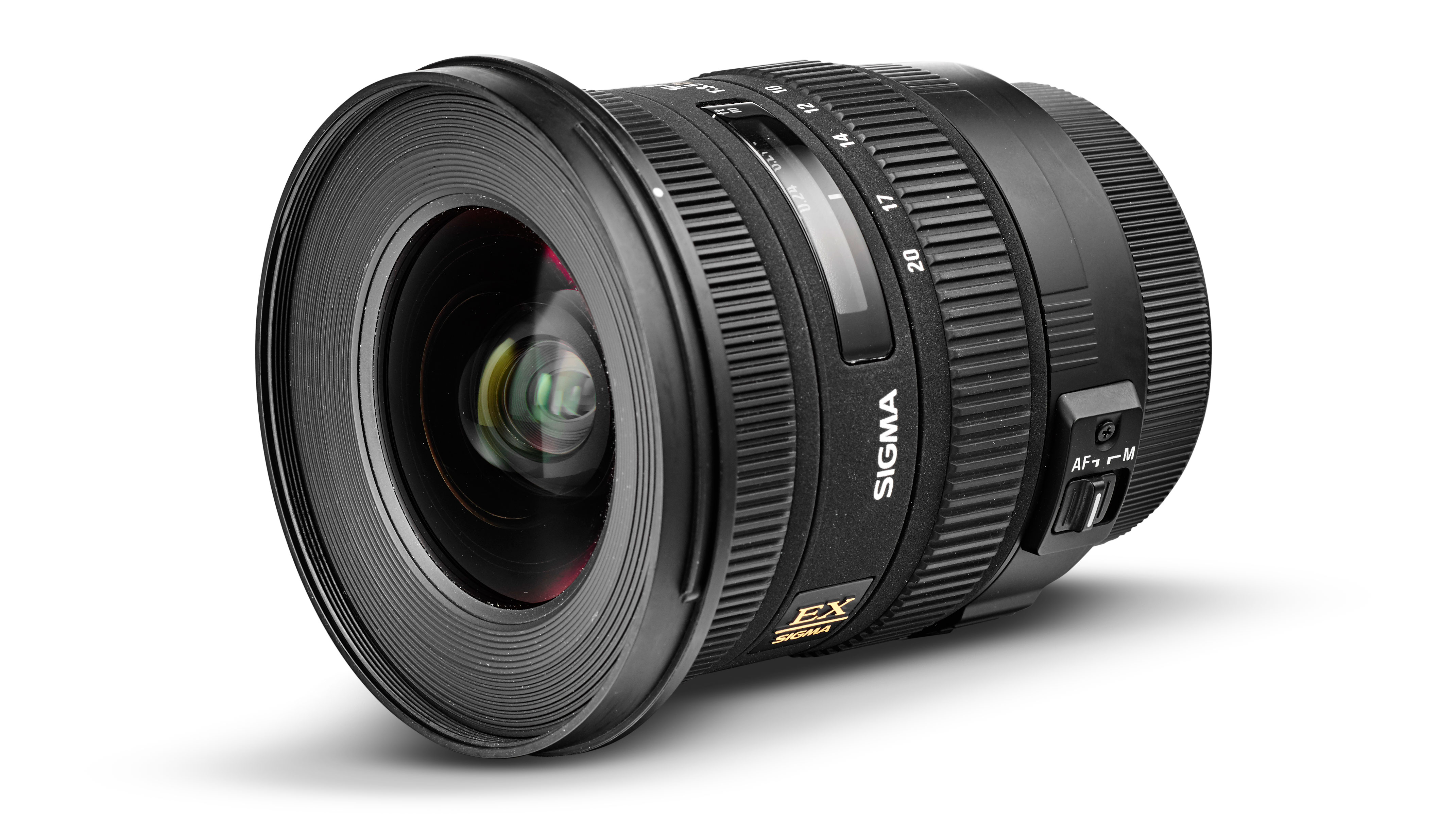Digital Camera World Verdict
It may be a few years old, but the Sigma 10-20mm f/3.5 EX DC HSM is still a solid wide-angle zoom and represents some truly excellent value for money. Sophisticated internal optics control well for barrel distortion and colour fringing, producing images that are clean and sharp. It’s a hefty lens, with a massive front element and 82mm filter thread, but if you don’t mind the weight and the bulk you’ll find a lot to like here.
Pros
- +
Great optical quality
- +
Affordably priced
Cons
- -
Some corner sharpness issues
- -
Large and heavy
Why you can trust Digital Camera World
Nearly ten years old, the Sigma 10-20mm f/3.5 EX DC HSM zoom lens predates Sigma’s ‘Global Vision’ line-up of Art, Contemporary and Sport lenses. It’s nevertheless a revamp of the company’s original 10-20mm lens for APS-C format cameras. One of the biggest upgrades is the swap from a variable to a constant aperture rating, meaning its widest available aperture of f/3.5 remains throughout the zoom range.
Unlike Sigma’s ultra-wide 8-16mm f/4.5-5.6 DC HSM lens, there are no FLD elements in the optical path of the 10-20mm, but there are two ELD (Extraordinary Low Dispersion) elements and one SLD (Special Low Dispersion) element in the mix. Build quality feels as good as in the 8-16mm lens but with the same lack of weather-seals.
The more modest wide-angle coverage of this one compared to the 8-16mm f/4.5-5.6 DC HSM enables a conventional design with a separate petal-shaped hood (supplied with the lens). As such, there’s a filter attachment thread that enables the easy use of filters, albeit only ones with a large 82mm thread. As you might expect from this, the front element is pretty hefty, and you’ll want to make sure you have a secure grip on the lens at all times when out and about. For a little extra protection when you’re not using it though, also supplied with the lens is a soft padded case, which is a nice touch.

Performance
Centre-sharpness is good throughout the zoom range but corner-sharpness isn’t that great. Comparable lenses from Canon and Sigma are noticeably better in this area, which is a little disappointing. The lens also has no optical stabilisation to speak of, which means it’s worth being careful with your shutter speeds when you’re using it handheld.
On the plus side, barrel distortion at the minimum focal length and colour fringing throughout the zoom range are controlled very well indeed. Some clever design choices also make the lens enjoyable to handle, with zoom and focus rings on either side of the focus distance scale. It’s an ace lens that’s great value at the price.
Read more:
Matthew Richards is a photographer and journalist who has spent years using and reviewing all manner of photo gear. He is Digital Camera World's principal lens reviewer – and has tested more primes and zooms than most people have had hot dinners!
His expertise with equipment doesn’t end there, though. He is also an encyclopedia when it comes to all manner of cameras, camera holsters and bags, flashguns, tripods and heads, printers, papers and inks, and just about anything imaging-related.
In an earlier life he was a broadcast engineer at the BBC, as well as a former editor of PC Guide.


